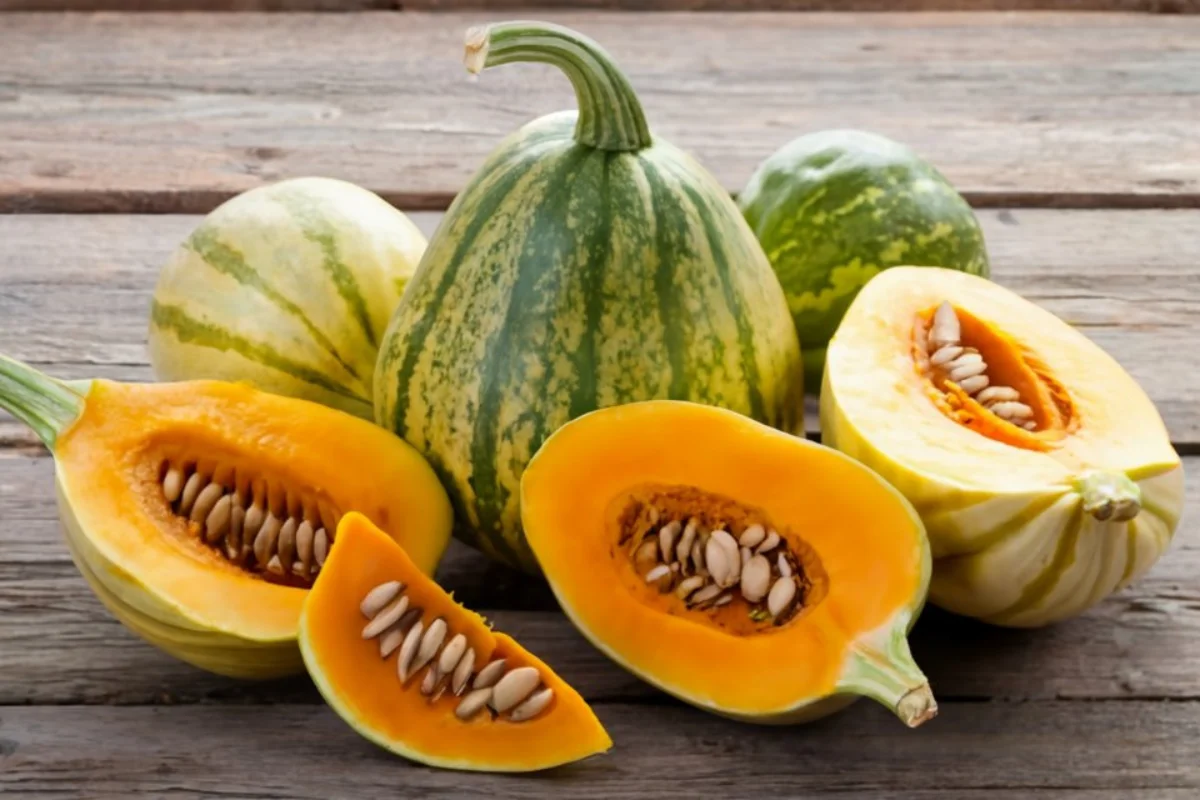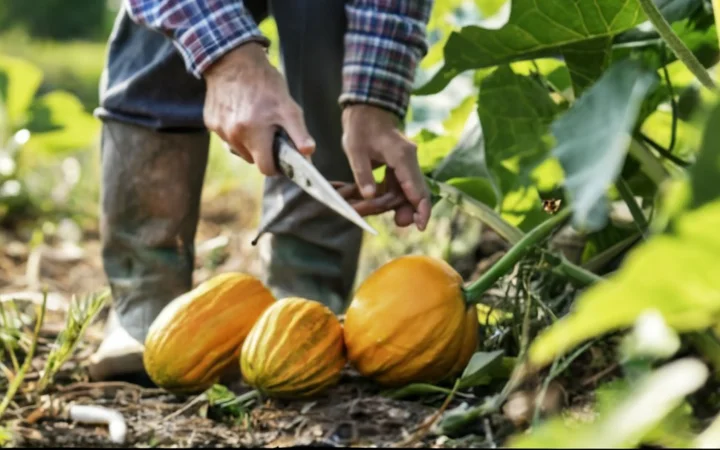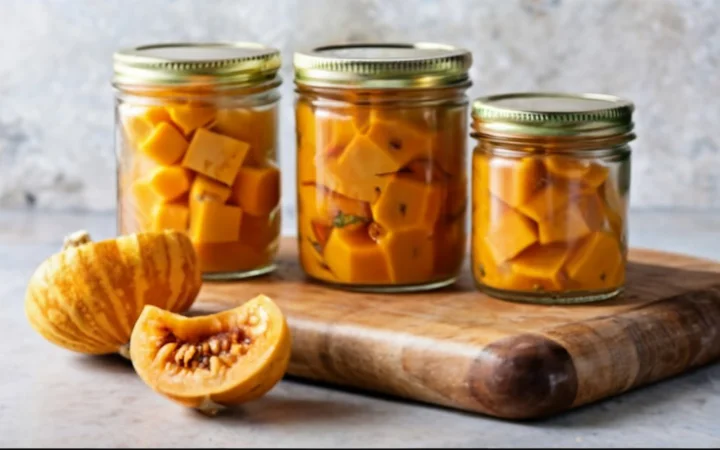In this comprehensive guide, we delve into the world of butternut squash, exploring its culinary versatility, health benefits, and gardening tips. From mouth-watering recipes to insightful FAQs, this article covers everything you need to know about this beloved winter squash. Whether you’re a seasoned cook or a gardening enthusiast, you’ll find valuable information to enhance your appreciation and use of this vegetable.
Introduction to Butternut Squash
What is Butternut Squash?
Butternut squash, a type of winter squash, is celebrated for its sweet, nutty flavor and versatility in the kitchen. Unlike summer squash, which is harvested when immature and has a soft skin, it is allowed to mature fully, resulting in a hard, protective skin and a longer shelf life. This characteristic pear-shaped squash, with its tan-yellow skin and orange fleshy pulp, is a staple in many cuisines and a favorite in fall and winter dishes. Discover a variety of butternut squash recipes to inspire your culinary creations.
Nutritional Benefits
Butternut squash isn’t just delicious; it’s a powerhouse of nutrition. Rich in vitamins A and C, it supports immune function and skin health. It’s also a good source of fiber, promoting digestive health, and contains potassium, which is essential for heart health. Low in calories yet high in antioxidants, it is a smart choice for those looking to maintain a healthy diet. Learn more about the health benefits of butternut squash.
Incorporating this vegetable into your diet is not only a treat for your taste buds but also a boost for your overall well-being. Stay tuned for the next part, where we’ll dive into the culinary uses of butternut squash, featuring some irresistible recipes and cooking techniques.
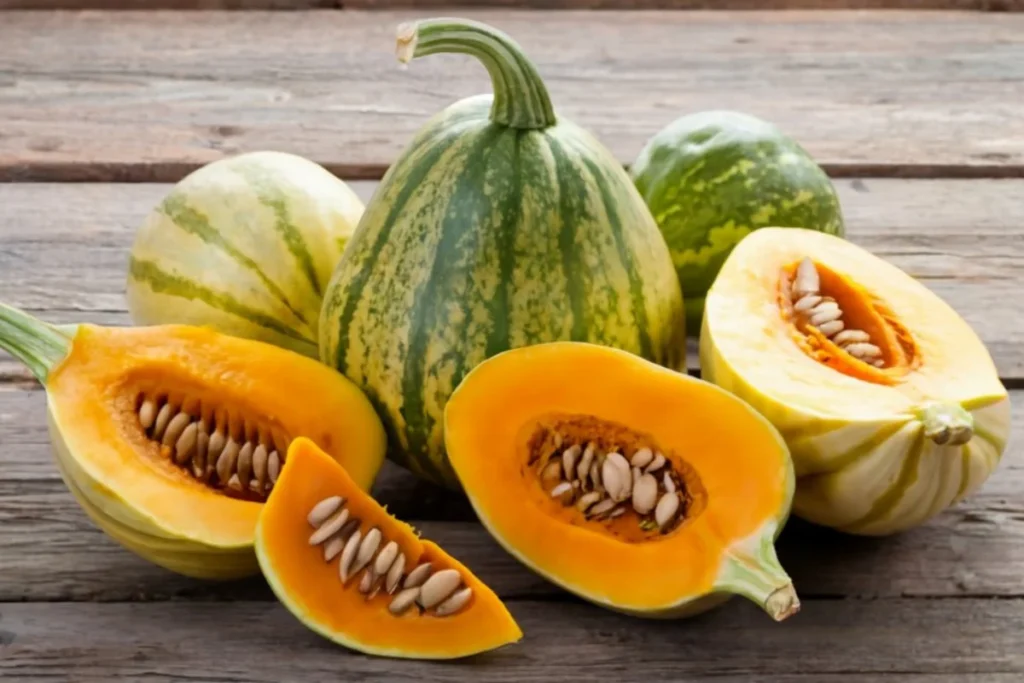
In the next part of this article, we’ll explore the various ways to cook and enjoy this vegetable, highlighting its flexibility and the endless possibilities it offers in the kitchen.
Cooking with Winter Squash: A Culinary Journey
Popular Recipes
This winter vegetable shines in the kitchen with its adaptability in various recipes. Explore these hearty and delicious butternut squash recipes for more culinary inspiration. Let’s start with a simple yet delightful roasted dish using this squash. Toss cubed pieces with olive oil, salt, and pepper, then roast to perfection. It’s a perfect side dish that complements any meal with its unique flavor.
Next, we have a creamy and comforting risotto, ideal for chilly evenings. The key to a great risotto is to slowly cook the rice, absorbing the flavors of the vegetable and broth. Finish it with Parmesan cheese for a touch of richness.
Another crowd-pleaser is a lasagna that layers slices of roasted squash with noodles, cheese, and sauce. This dish is a wonderful twist on the classic lasagna, offering a sweet and savory flavor profile that’s sure to impress.
Cooking Techniques
Roasting this vegetable brings out its natural sweetness and enhances its nutty flavor. Simply cut the squash into cubes, season with your favorite spices, and roast until tender and caramelized. It’s a straightforward method that yields delicious results.
Boiling it is another common technique, especially when making soups or purees. Boil the squash until it’s soft, then blend it to create a smooth and creamy texture. This method is perfect for dishes where you want the squash to be the star ingredient.
Baking it is ideal for dishes like casseroles or stuffed squash. Cut the squash in half, remove the seeds, and bake until tender. You can then stuff it with a filling of your choice or use the flesh in various recipes.
Incorporating this vegetable into your cooking not only adds flavor but also boosts the nutritional value of your meals. With these techniques, you’ll find that butternut squash can be a versatile and delicious addition to your culinary repertoire.
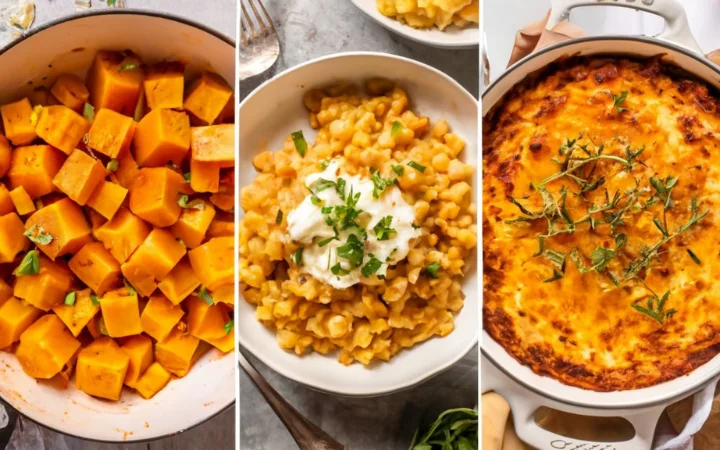
Stay tuned for the next part, where we’ll explore the health benefits of and how it can contribute to a balanced diet.
Unlocking the Wellness Secrets of Squash
Nutritional Profile
Butternut squash is a nutritional powerhouse, packed with essential vitamins and minerals. Read more about its nutrition, benefits, and uses. It’s particularly high in vitamin A, which is crucial for eye health and immune function. Additionally, it’s a great source of vitamin C, known for its role in skin health and immune support. this vegetable also provides a good amount of fiber, which aids in digestion and helps maintain a healthy gut.
Dietary Importance
Incorporating it into your diet offers numerous health benefits. Its high fiber content is not only good for digestion but also helps in managing weight by keeping you feeling full longer. The antioxidants, such as beta-carotene, have anti-inflammatory properties and can help reduce the risk of chronic diseases. Moreover, its low calorie count makes it an excellent choice for those looking to maintain a healthy weight.
It’s also beneficial for heart health, thanks to its potassium content, which helps regulate blood pressure. Its complex carbohydrates provide sustained energy, making it a great food choice for athletes and active individuals.
By adding it to your meals, you’re not just enhancing the flavor but also contributing to a healthier lifestyle. Its versatility in recipes and numerous health benefits make it a valuable addition to any diet.
Stay tuned for the next part, where we’ll discuss how to grow and harvest butternut squash.
Frequently Asked Questions about Butternut Squash
Identifying Ripeness and Preparation
Q: How do I know when butternut squash is ripe?
A: Look for a deep tan skin and a hard texture. Ripe butternut squash feels heavy for its size, and its stem turns brown and dries out. A hollow sound when tapped also indicates ripeness.
Q: What’s the best way to cut butternut squash?
A: Slice off the ends, stand it upright, and peel the skin. Then, cut it in half lengthwise, remove the seeds, and chop as needed.
Edibility and Cooking Tips
Q: Can I eat the skin of it /
A: Yes, the skin is edible, especially when roasted. However, many prefer to peel it due to its toughness.
Q: Are it seeds edible?
A: Definitely! Clean the seeds, season, and roast them until crispy, similar to pumpkin seeds.
Q: How can I make it soup creamier?
A: Add coconut milk, cream, or potatoes while cooking. Blending the soup until smooth also increases creaminess.
Versatility in Recipes
Q: Can it be used in sweet dishes?
A: Absolutely! Its natural sweetness is great in pies, muffins, and bread. It’s a suitable pumpkin substitute in many recipes.
Dietary Considerations
Q: Is it suitable for a low-carb diet?
A: While higher in carbs, it can fit into a low-carb diet in moderation. Its fiber and nutrients make it a healthy option.
For more information and answers to common questions, check out these frequently asked questions about butternut squash.
Conclusion and Summary
In this comprehensive guide, we’ve explored the wonderful world of butternut squash, a versatile and nutritious vegetable that’s as delicious as it is beneficial for your health. From its sweet, nutty flavor to its rich nutritional profile, butternut squash is a fantastic addition to any diet.
We’ve covered a range of topics, including the various culinary uses of butternut squash, from roasting and boiling to baking in dishes like risotto, lasagna, and soups. We’ve also delved into the health benefits of this winter squash, highlighting its high content of vitamins A and C, fiber, and antioxidants.
For gardening enthusiasts, we provided tips on growing and harvesting butternut squash, ensuring a bountiful and successful crop. We also discussed effective methods for storing and preserving butternut squash, allowing you to enjoy its flavors throughout the year.
Lastly, we answered some frequently asked questions, offering practical advice on everything from identifying ripeness to incorporating butternut squash into various recipes.
Butternut squash is more than just a seasonal delight; it’s a versatile ingredient that can enhance your meals and contribute to a healthy, balanced diet. Whether you’re cooking a family dinner, experimenting with new recipes, or growing your own vegetables, butternut squash is a choice you can’t go wrong with.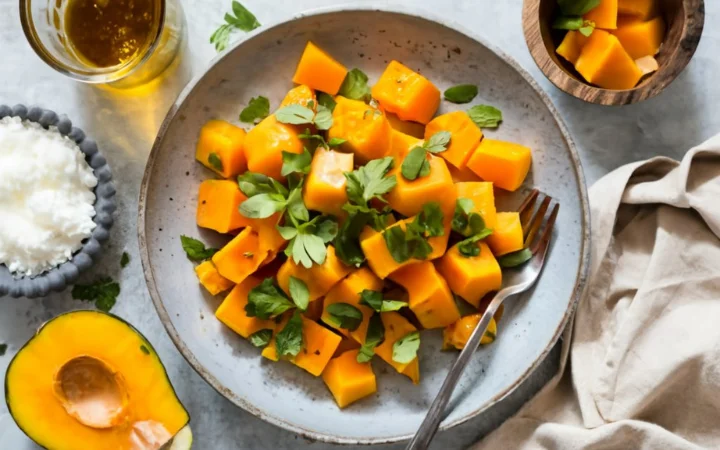
We hope this guide inspires you to incorporate butternut squash into your culinary adventures and appreciate its many benefits. Explore even more about butternut squash and its uses. Happy cooking and gardening!
